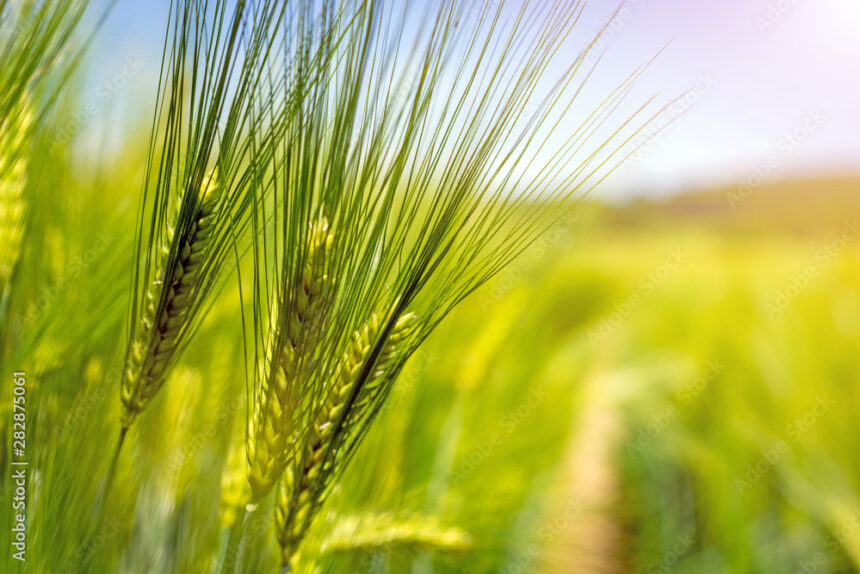Barley Yellow Dwarf Virus (BYDV) is a plant virus that primarily affects barley crops. It is transmitted by aphids and can cause significant damage to the plants. Here are some symptoms of Barley Yellow Dwarf Virus that you should look out for in barley:
- Stunted growth: Infected barley plants may exhibit stunted or dwarfed growth compared to healthy plants. The affected plants may fail to reach their normal height and appear smaller overall.
- Yellowing of leaves: One of the hallmark symptoms of BYDV is the yellowing of the leaves. The yellow discoloration often begins at the leaf tips and progresses towards the base. The affected leaves may eventually turn brown and die.
- Red or purple discoloration: In some cases, infected barley plants may develop red or purple discoloration on the leaves. This symptom is particularly evident in the lower leaves of the plant.
- Leaf rolling: Infected barley plants may exhibit leaf rolling or curling. The affected leaves may curl inward, which can give the plant a distorted appearance.
- Necrotic streaking: BYDV can cause necrotic streaking, which is the appearance of dark, dead patches on the leaves or stems. These streaks may be brown or black in color.
- Poor grain development: Infected barley plants may produce smaller, shriveled, or malformed grains. The virus can affect the reproductive structures of the plant, leading to reduced grain quality and yield.
- General weakness: Infected plants often appear weak and have reduced vigor. They may be more susceptible to other diseases and environmental stresses.
It’s important to note that the symptoms of BYDV can vary depending on the barley variety, the stage of infection, and environmental conditions. If you suspect that your barley crop is affected by Barley Yellow Dwarf Virus, it is recommended to consult with agricultural experts or plant pathologists for accurate diagnosis and appropriate management strategies.
Join 'Farmers Mag' WhatsApp Channel
Get the latest Farming news and tips delivered straight to your WhatsApp
CLICK HERE TO JOIN






